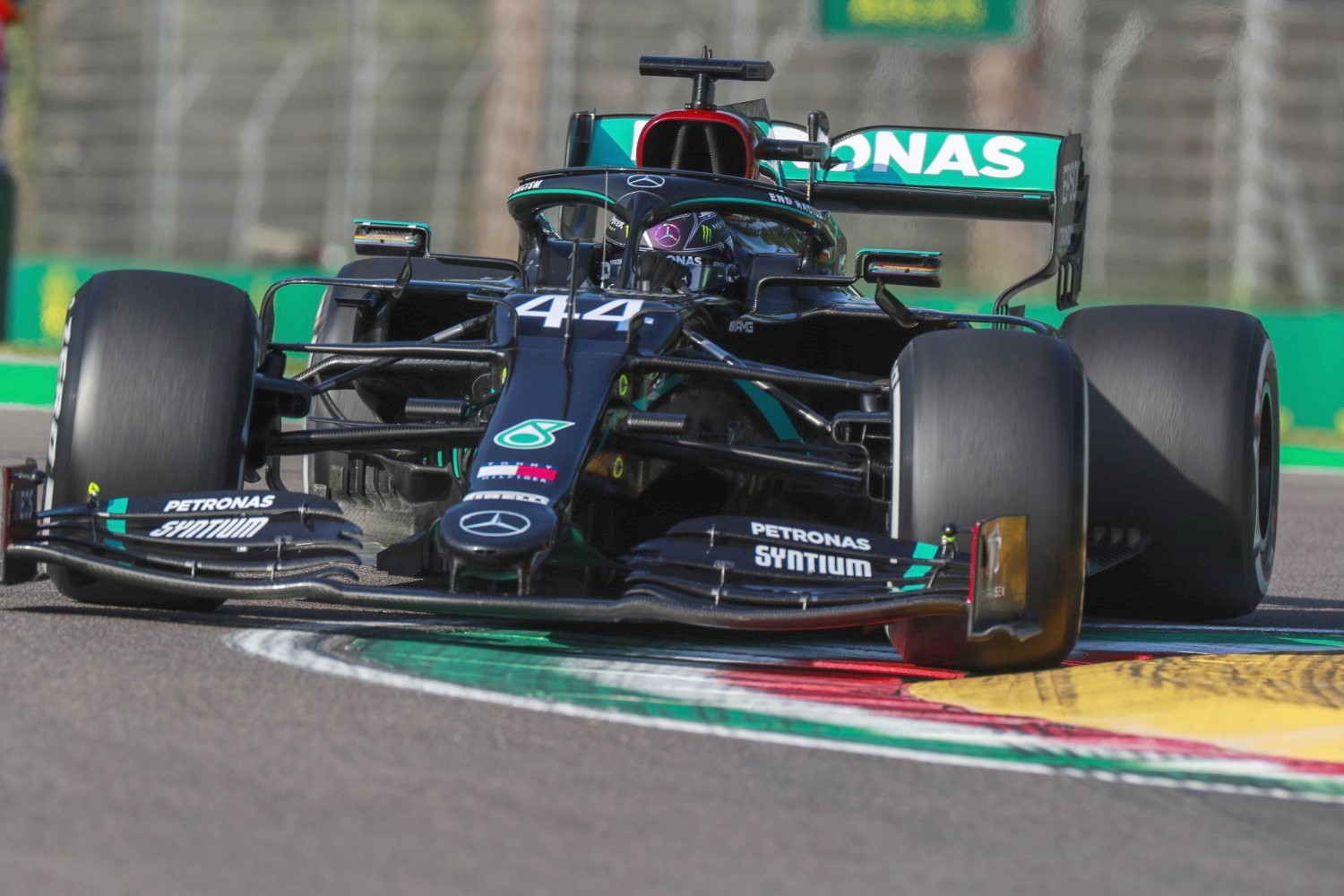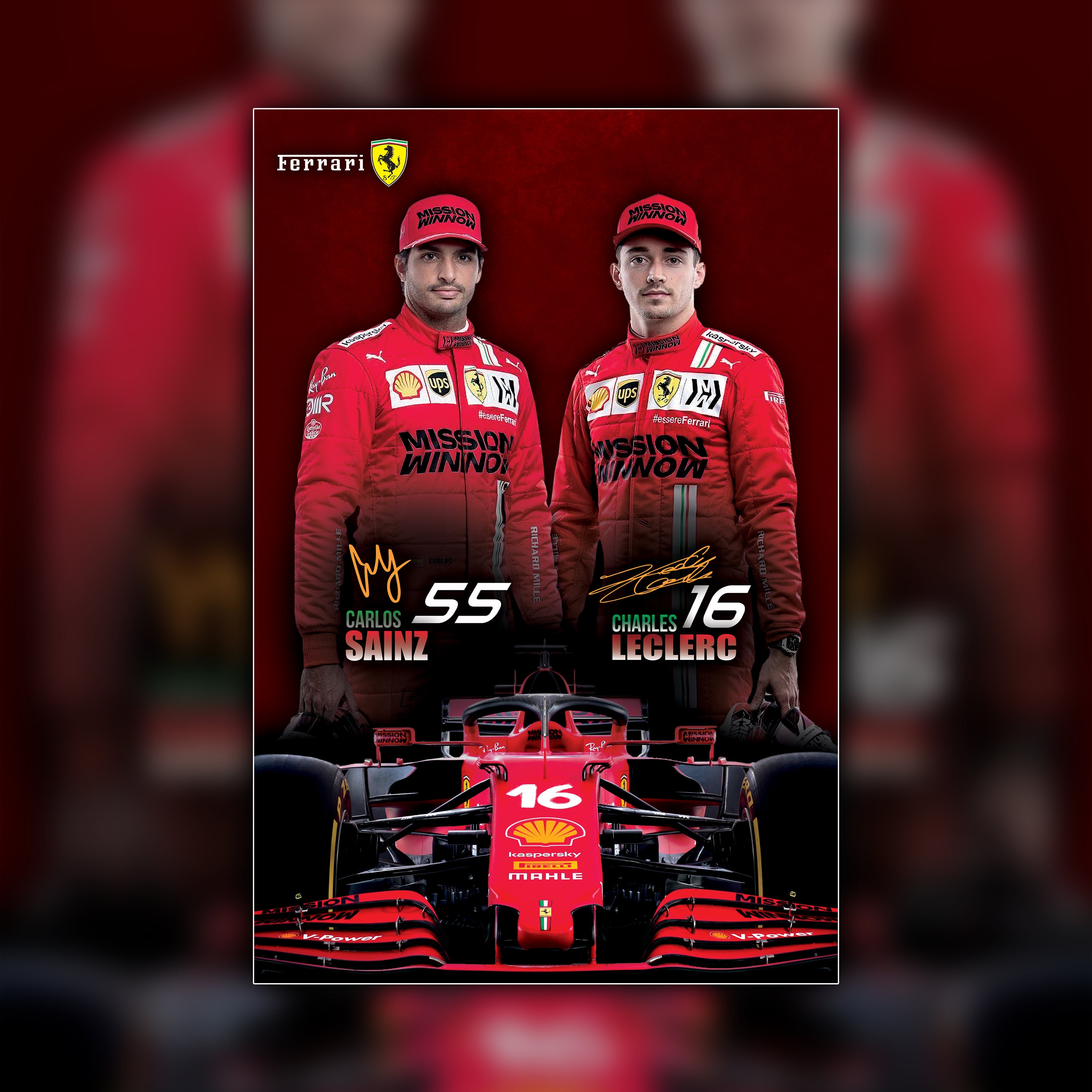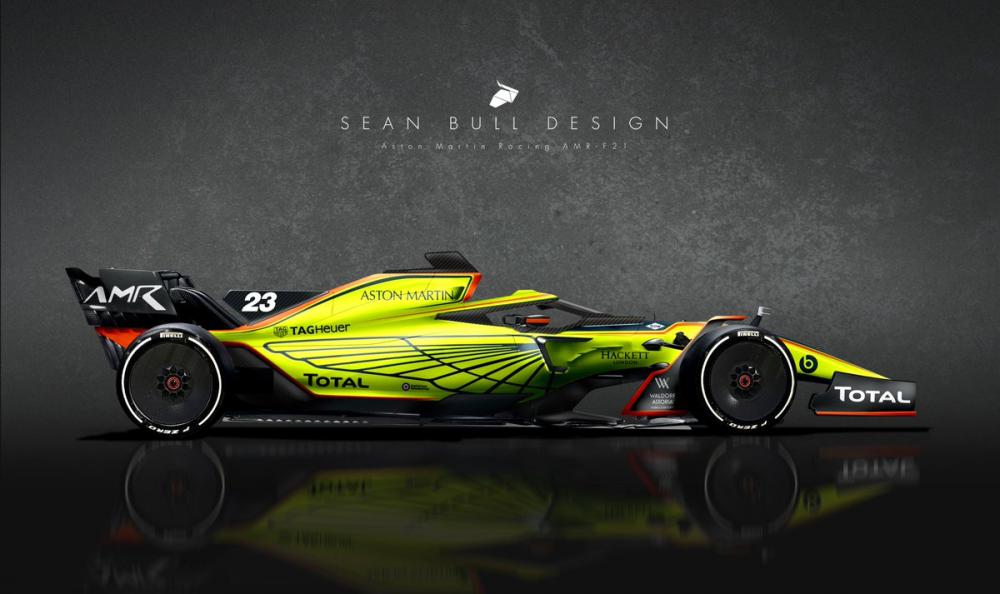

But it has other tricks in store.įor Turn 5, teams have to carefully consider tire wear and tear in order to maintain speed through the turn, or risk getting passed. Hungaroring isn’t known for being super fast, or very amenable to overtaking opportunities.
#F1 2021 TEAMS DRIVERS#
It’s highly technical, and drivers often use a double downshift strategy while navigating consecutive bends. Then, if there’s a make-it-or-break-it turn in F1, Maggots/Becketts is a squiggly combo that qualifies. Hamilton once compared it to “flying a fighter jet”-no coincidence, then, that electronics engineers designed F1 steering wheels with the same materials used to withstand vibrations in aircraft.

Speaking of speed, this track is one of the fastest on the circuit. This can create a pretty intense G-force on the drivers. The swift apex and minimum speed of the Copse corner make it daunting, and modern track conditions make it faster than ever. When a turn starts off with a blind entry, bravery is key- something Hamilton can attest to. The oldest and the most revered? Perhaps, and with good reason. For instance, Hamilton and Vitteri can press the DRS button and control the car’s drag reduction system with the wing at the back of the car.īahrain Grand Prix, 2021. Drivers can glance down (often during super-fast straights) and make adjustments. Today’s F1 cars can be tuned right from the steering wheel. Turns often come on either end of a DNS zone, and the Red Bull Ring has a number of these zingers, including Turn 9-a hard right taken at high speeds. The second half of this shorter lap is packed with turns, which F1 calls “a regular toboggan ride.” If you’re into the strategy of the circuit, you know that DRS zones are big overtaking opportunities. Notice the drivers working multiple rotaries on the steering wheel as they enter and navigate the midpoint to get the differential just right. It’s one of the tightest turns on the whole F1 circuit, and even with plenty of safety precautions, drivers have to be incredibly precise in their entry speed and handling to come out clean on the other side. Azerbaijan’s City Circuit has plenty of 90-degree turns to contend with (street corners, to us civilian drivers), but it’s the super narrow Turn 9 to keep an eye out for. Hang on for the Swimming Pool section along the harbor-you might guess what happens if the gear is off heading into these chicanes… Azerbaijan Baku’s City Circuit That includes how the aerodynamic conditions change things up in the tunnel, and outfitting cars for the almighty Grand Hotel hairpin with a special steering rack. While drivers rely a lot on instinct during this race with its tight turns and close shifting, teams will be paying attention to hard data, too. Accuracy is non-negotiable, and every turn is high stakes. The Monaco street circuit is lined with barricades, not safety run-off, which makes this entire race a nail-biter. Hold on to your seats! Monaco Grand Prix City Circuit Here’s track-by-track guide and some of the most iconic turns to watch for-plus a little science behind each.

The new track premiers May 2022, so pre-race testing will be incredibly important to help teams shape strategies for Sunday. For older tracks, there’s a wealth of historical data to pull from-every radius, apex, drag reduction system (DRS) zone, pitch, and more.īut for new tracks like the Miami International Autodrome, there’s less available data and more challenges.

Track styles can have a big impact on how a race plays out, and teams have to be ready with plenty of data. The motorsport championship also signed a 10-year deal in April 2021 to host the Miami Grand Prix at Hard Rock Stadium.į1 wants to bring races to more cities across the U.S., including Las Vegas and potentially a “dream” race in Manhattan.One of the most exciting aspects of Formula 1 racing is that, each weekend, we get to watch teams compete on a new track. Grand Prix in Austin, Texas last October. The company’s F1 segment generated $668 million in revenue in Q3 2021, up from $597 million in revenue for the same period the year prior.Īfter a two-year absence, F1 made its way back to North America for the U.S. Liberty Media - which also owns the Atlanta Braves and SiriusXM - acquired F1 for $4.6 billion in 2017.


 0 kommentar(er)
0 kommentar(er)
